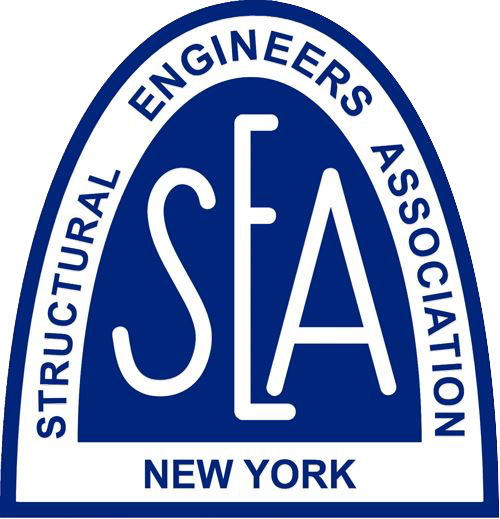Recognizing the Contributions of Structural Engineers in the Days, Months, and Years After 9/11
As it is for many, September 11 is a day of remembrance and reflection for the structural engineering community. We remember the tragedy of that day, and how, in the face of that tragedy, people came together to help in the response and recovery efforts. The National Council of Structural Engineers Associations (NCSEA) and the Structural Engineers Association of New York (SEAoNY) send our thoughts and prayers to the families and friends of all the victims of the tragedy that took place 20 years ago, as well as our appreciation and gratitude to all of those who came together to help the search, rescue, and recovery efforts.
First responders searched the debris at ground zero to look for survivors and attend to the wounded. Structural engineers were right alongside them, helping to ensure that the debris field and surrounding structures they were entering were safe. Many of these structural engineers were affiliated with SEAoNY or other member organizations of NCSEA. Approximately 450 structural engineers worked shifts with first responders and contractors to evaluate the condition of approximately 400 buildings surrounding the World Trade Center site to ensure that they were safe to re-occupy.
“Personally, I would like to thank all of those volunteers again for their dedication and effort during that difficult time for all of us,” says Edward M. DePaola, P.E., SECB, F.SEI, and SEAoNY President during 9/11. “At the time, we were amazed at the response of the structural engineering community, and I’m still amazed and proud when I think about what we did.”
Over the 20 years since that fateful day, structural engineers have played an instrumental role in the disaster investigations and in the development of changes to building codes and construction practices resulting from those investigations. In addition, structural engineers have developed and implemented enhanced disaster response measures at both the local and national levels that better position structural engineers for rapid deployment in a time of need. In particular, the Structural Engineering Emergency Response (SEER) program promotes expeditious post-disaster recovery of communities through building safety evaluations and has been activated for numerous natural disasters around the country since 9/11.
The lessons learned from 9/11 serve as the foundation for substantive changes to how high-rise buildings are engineered as well as a decisive path toward more safe and resilient communities.
“As we reflect on the events of that tragic day, we feel fortunate that our education and training as structural engineers prepared us well to assist in the recovery,” says NCSEA President Ed Quesenberry, P.E., S.E. “We are resolute in our commitment to doing whatever we can to ensure that the buildings we live and work in are safe and to being ready to respond when our communities need us.”
This statement was developed in partnership with the National Council of Structural Engineers

NCSEA, AISC, SEI, and the CTBUH released a joint statement of gratitude for the structural engineers that offered their expertise during and after the 9/11 tragedy.
Read the full statement.
